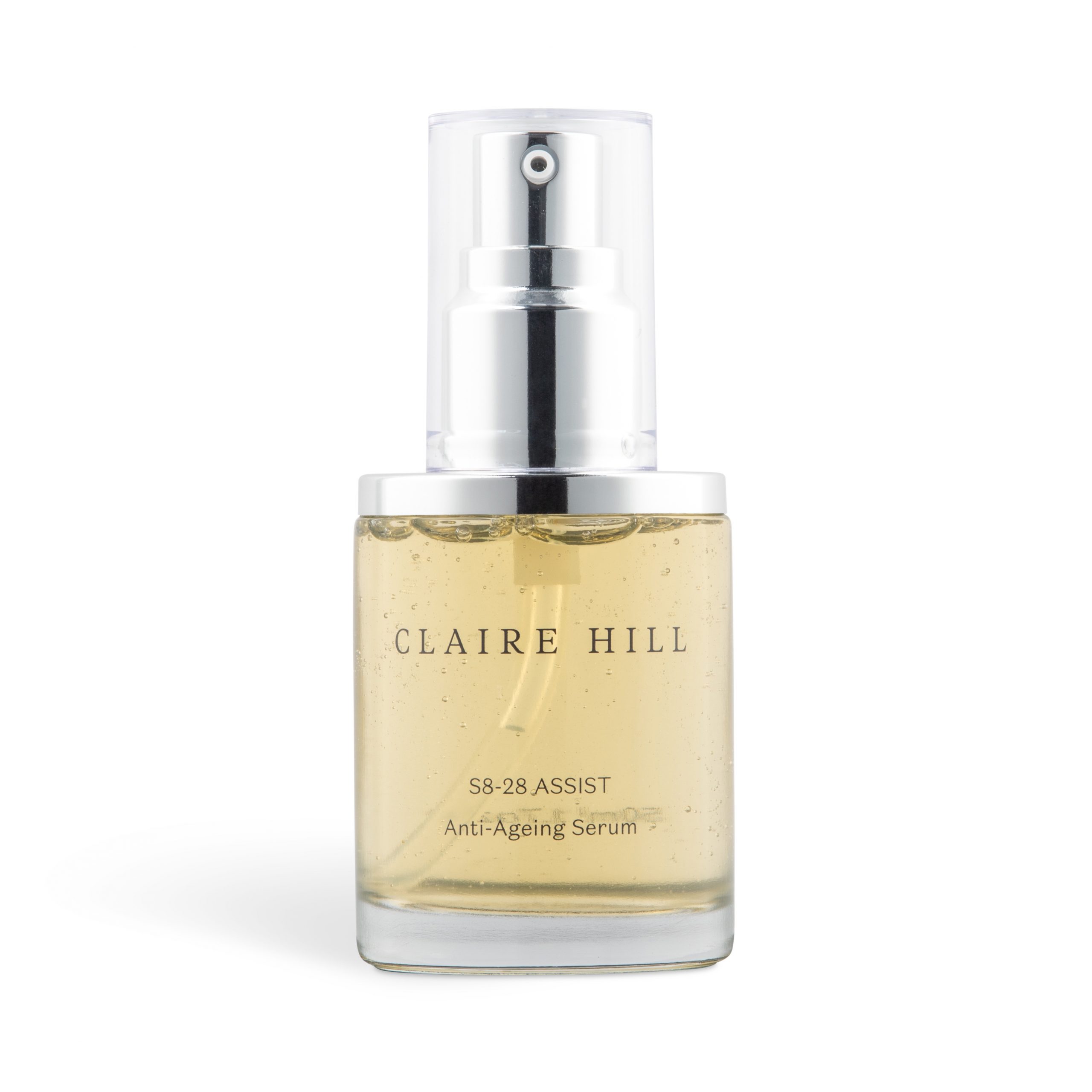Trends come and go in beauty, but few anti-ageing ingredients have heralded the kind of breakthrough that hyaluronic acid had. But there’s a hook – not all forms of hyaluronic acid are alike. In fact, scientists now know that some forms of hyaluronic acid may even be potentially harmful. Here’s the lowdown:
Hyaluronic acid under the microscope:
HA is a glycosaminoglycan (basically a very large sugar) that occurs naturally in our body, almost half of it in the skin. It’s a big (sticky!) part of the extra cellular matrix, which gives our skin structure. What makes it such a star skincare ingredient is its ability to hold water – up to a whopping 1000 times its own weight. In our youth we have HA in abundance, and it plays a leading role in the firmness and plumpness of our skin. As we age, the natural production of HA slows down, so our complexion not only becomes drier and more lacklustre, but that lack of moisture also translates to a loss of firmness. Double whammy.

How does hyaluronic acid work?
Other than injecting it as a dermal filler, the most common way to boost HA levels is to add it to skincare and serums (it’s also probably in the moisturiser you’re currently using!). HA is like a sponge – it can hold large amounts of water and so makes skin look temporarily plumper.
If HA is a miracle ingredient, why is my skin not glowing?
Most HA molecules are too big to get down to the dermis (the deeper layer of your skin where wrinkles form), so it sits on the surface and acts as a temporary barrier boost. Hyaluronic acid that sits on the skin’s surface won’t work miracles on wrinkles – that requires plumping up the folds in the skin’s deeper dermal layer. Some brands use sodium hyaluronate (the salt of hyaluronic acid), which has a smaller molecular size and so is able to penetrate deeper into the skin and better ‘fill’ lines, albeit temporarily.
So size matters when it comes to hyaluronic acid?
It sure does! Molecular weight is crucial when it comes to hyaluronic acid – not only does it determine whether the HA sits on the skin’s surface or penetrates to the sub-cutaneous layers, studies have shown that very low molecular weight hyaluronic acid can actually increase inflammation. That’s particularly bad news for those with sensitive skin, eczema and psoriasis, which are all inflammatory skin conditions. Some brands claim that smaller molecular weight HA can improve collagen formation in skin, but there’s no real science to back this.

My skin is dry, but using hyaluronic acid has made it feel worse. Is that possible?
This can happen because the HA on the skin’s surface will naturally draw moisture from the deeper layers of the skin – just like a sponge mopping up water – before it evaporates from the skin’s surface. The drying effect is more common if there’s a lack of humidity (or moisture) in the air, but it can also happen if you already have dry skin. If you’re using hyaluronic acid, you’ll need to ‘seal’ it in with a more occlusive product, such as facial oil.
Is there a better option?
Yes! The best option is to help your skin make its own hyaluronic acid, just as you do in your youth. Thanks to advances in biotechnology, we’re no longer limited to using moisturisers that have added hyaluronic acid, but can make use of naturally occurring ingredients that stimulate our own hyaluronic acid production.
Can fermented marine bacteria naturally boost hyaluronic acid levels?
Scientists are rapidly learning about the wonders of natural bacteria, including an alga from Brittany, France, which flourishes despite living in an extreme environment. After isolating and fermenting a marine y-proteobacteria from the surface of this alga, scientists discovered it can induce hyaluronic acid synthesis in skin – in other words, it helps the skin make its own hyaluronic acid, just as it naturally does when we are young. Clever, huh?! The lab coats dubbed it Hyanify™,which is how you’ll see it listed on the ingredients label.
What can it do for my smile lines?
Scientific testing shows this fermented bacteria (aka Hyanify™) can noticeably diminish smile lines in two weeks, with further improvement after 28 days!
Average wrinkle depth was reduced up to 70.6% and wrinkle volume improved up to 93.5% after 28 days.
Hyaluronic acid as a skincare ingredient may be nothing new, but using the power of nature to stimulate your own HA production with Hyanify™is a true breakthrough in restoring youthfulness to skin.
Welcome to the future of scientific skincare with Claire Hill’s Anti-Ageing Serum!

S8-28 Assist – Anti-Ageing Serum – RRSP R1100 for 50ml
70.6% wrinkle improvement in 28 days!
A luxe, fast absorbing serum that delivers scientifically proven, anti-ageing ingredients exactly where you need them: deep down, to the building blocks of youthful skin. Read more about Kakadu Plumand Hyanify™
All Claire Hill products are fragrance and cruelty-free and are available online at www.clairehill.co.za.


